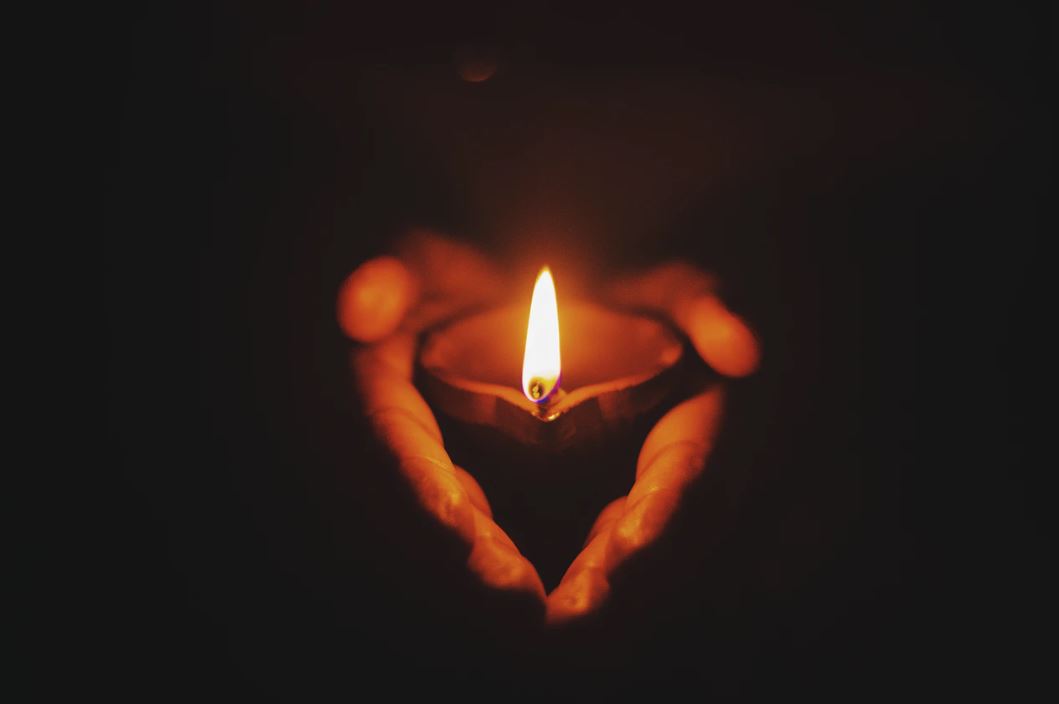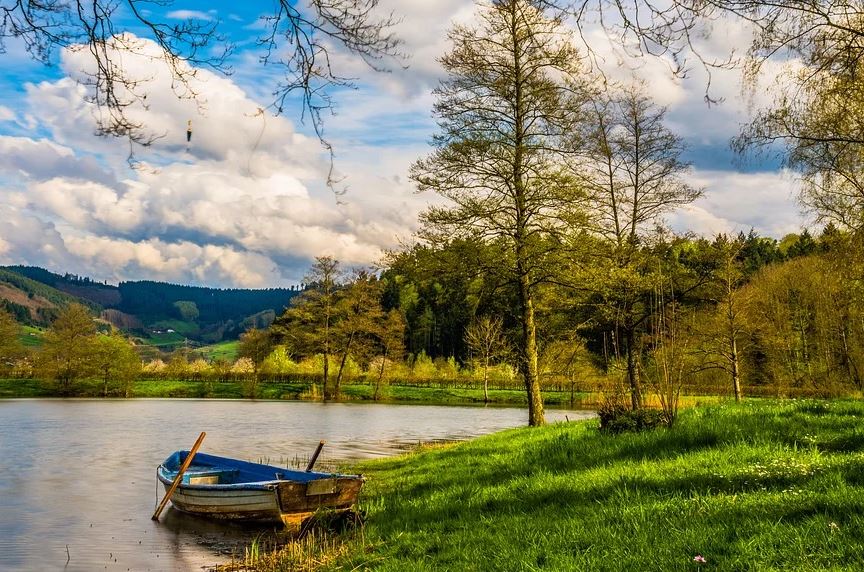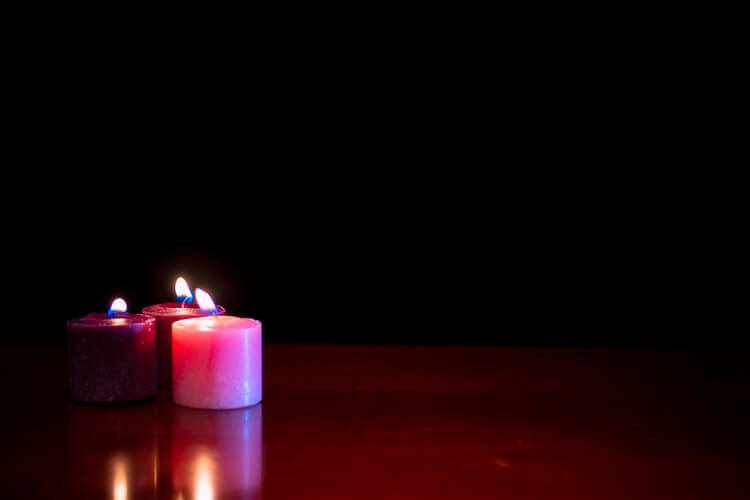
Budget-Friendly Cremation Service Ideas
January 11, 2021
Care Packages After Cremation Services
February 8, 2021Aquamation Vs. Cremation Services


You know there are a few different kinds of cremation services in Newtown, PA, but did you know there’s a new kind called aquamation?
What Is Human Aquamation?
Water cremation, sometimes referred to as aquamation, is a process that breaks down a body after death. It involves water, heat, and chemicals, unlike standard cremation that just uses heat. The aquamation process is quite simple. During the process, the body is placed in a steel chamber. The chamber is then filled with an alkaline solution made up of 95% water and 5% potassium hydroxide and raised to a very high pressure to prevent boiling.
The chamber, and the body in the solution, are then heated to around 350 degrees Fahrenheit for an extended period of time, from 4 to 16 hours. The heat, pressure, and solution work together to break down the body, leaving only the bones. The body slowly dissolves, and the bones, once removed from the chamber, are crushed into ash and returned to the family just like in a traditional cremation. As the water leftover from an aquamation no longer contains any alkalis, it can be returned to the natural ecosystem just like water from a sink or a toilet – through the standard wastewater treatment facility.
Aquamation does not use acid to dissolve the body. There is no acid used in an aquamation. In fact, the process of alkaline hydrolysis uses a material called an alkali, which is actually the exact opposite of an acid. The combination of chemicals and water work together to naturally dissolve the body without the use of acid.
Aquamation is definitely safe for the environment. This is because the solution used in aquamation, a mixture of 95% water and 5% alkali, is completely natural and safe. And, even if it wasn’t, by the end of the aquamation process the alkalis are completely used up. So, all that remains at the end of an aquamation is water, bones, and dust.
Can the Family Still Have A Viewing?
Many families choose to have a full-service visitation for family and friends before the Aquamation process. The people of today are continuing to rediscover the benefits and importance of visitation. For some, it is an opportunity for friends and family members from all over the world to pay their respects before they settle in for this Aquamation process.
What Happens to the Remains After Aquamation?
Just like cremated remains, aquamation remains are 100% safe as they are simply a mixture of bone materials, minerals, and calcium phosphate. They are also disease and pathogen-free, which makes them, in many ways, safer to handle and be around than a dead body. Since aquamation ashes are very similar to remains left after a standard cremation they can be treated like standard cremation ashes. However, aquamation remains are much lighter in color and texture than classic cremated remains. Cremated remains made from flames are often darker and denser from the various combustion reactions that occur when the body is heated under extreme temperatures. They can be kept in an urn, buried in the ground, or scattered in a special place.
Aquamation is still fairly new and is not readily available everywhere. Standard cremations are still excellent choices for final body disposition.
Is Aquamation Cheaper Than Cremation?
Aquamation is more expensive than cremation. Aquamation systems are a relatively new technology that makes the process of disposing of human remains more sanitary and environmentally friendly. Funeral homes have embraced this innovation, as it saves them time on their already busy schedules by eliminating embalming procedures. While many people prefer cremation, the process is not without costs. Aquamation systems cost hundreds of thousands of dollars to set up and maintain which makes funeral homes a costly business.
The cost of cremation may vary depending on the type you prefer. An average funeral service will be in the ballpark of $1,600-$2,000 while an aquamation can range anywhere from $2000-3200. Burial is the most expensive option, and with embalming comes a hefty price tag. Families also need to consider caskets priced from $1,000-$8,500 or more that are required for an open-casket visitation. Even though memorials have become commonplace in recent years due to rising cremation rates–the cheapest choice at around $650 after local taxes per person — it still doesn’t compare when looking at options like burial plots which can cost up to $25K+.
Once you consider the factors, aquamation is not as expensive as it seems.
Are the Cremains Different Than Those from Ordinary Cremation?
The ashes from a flame cremation are primarily the mineral remains from the bone, along with some ash from the cremate or casket. Aquamation is completely different because there is no other material in it than just bones and minerals that remain behind after burning them down to their natural form of calcium phosphate and silicon dioxide.
The color of cremation ash can be a range from bright white to black depending on the process. A flame-based process creates grayish ashes as it turns organic matter into carbon, which is then burned away until nothing but charcoal remains. The color of ash from Aquamation varies greatly, ranging anywhere from white to tan. Some people have a slight variation in color as well due to individual differences.
The cremation process leaves behind ash that is different from ashes created by Aquamation. The consistency of flame-cremated remains can be described as “chippy” or jagged, bone fragments. With the Aquamation technique, there are more homogenous (consistent) powder chunks returned to family members for a total 20-30% increase in amount compared with fire cremations where only 60% survives and 40% becomes part of incinerator residue.
What Happens to The Water After Aquamation?
The process of Aquamation creates a sterile water solution with amino acids, sugars, nutrients, salts, and soap that are the byproducts of natural decomposition. This is done through an environmentally friendly system that eliminates toxins typically found in traditional formaldehyde-based methods of preservation.
How Long Does Aquamation Take?
The cremation process takes a couple of hours. The aquamation process can last from six to eight hours or up to 18-20, depending on the heat involved in the burning and cooling stages. The body is placed in a large container filled with water and potassium hydroxide mixture. The body is then slowly broken down by the chemical reaction, leaving behind bone and teeth fragments that are easily rinsed away.
What happens to the metal implants?
Medical implants are not destroyed in this process. The metals look brand new after the process and they’re sterilized, too! The metals are recycled through the refiner and made into new materials such as aluminum, steel, copper, or brass. The process of recycling takes less energy and saves a lot more natural resources, while also reducing pollution in landfills that come with combustion-based cremations like this one.
Why do families choose aquamation?
• No expensive caskets or burial plots are necessary
• Allows for customization in a way that suits every person
• It promotes sustainability and eco-friendly practices
• It saves space
• Unique and stylish alternative to traditional burial
• Some are more comfortable with Aquamation than cremation

J. Allen Hooper Funeral Chapel is here to help if you have more questions about aquamation or cremation services in Newtown, PA. Call or visit us today to learn more.
Frequently Asked Questions:
What Is Left After Aquamation?
After aquamation, all that remains of the body are bones and teeth, which can be pulverized into a fine powder. This powder can then be scattered or buried, just as with cremated remains. Sometimes, the ashes may be used to create memorial diamonds.
What States Allow Aquamation?
Aquamation is currently legal in some states in the United States, including California, Colorado, Florida, Illinois, Massachusetts, Nebraska, Nevada, New Hampshire, New Jersey, New York, North Carolina, Oregon, Rhode Island, and Vermont. While the legality of aquamation is still evolving in many jurisdictions, the process will likely become more widely available.
Why Is Aquamation More Eco-Friendly?
Aquamation is a process of cremating human remains using alkaline water instead of fire. It is considered more eco-friendly than traditional cremation because it uses less energy, emits fewer greenhouse gases, and does not require the use of toxic chemicals.


